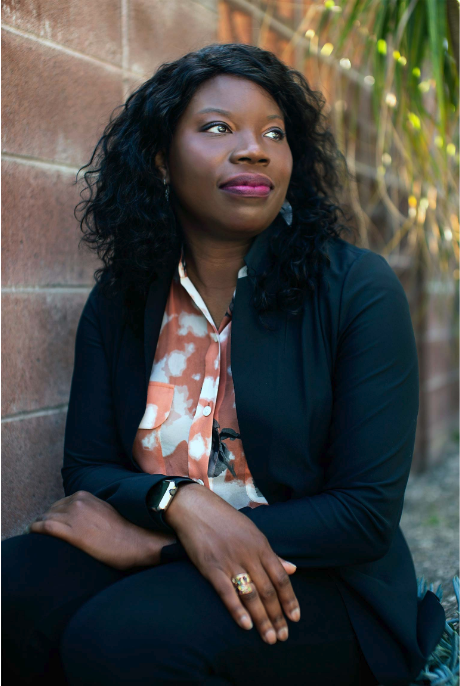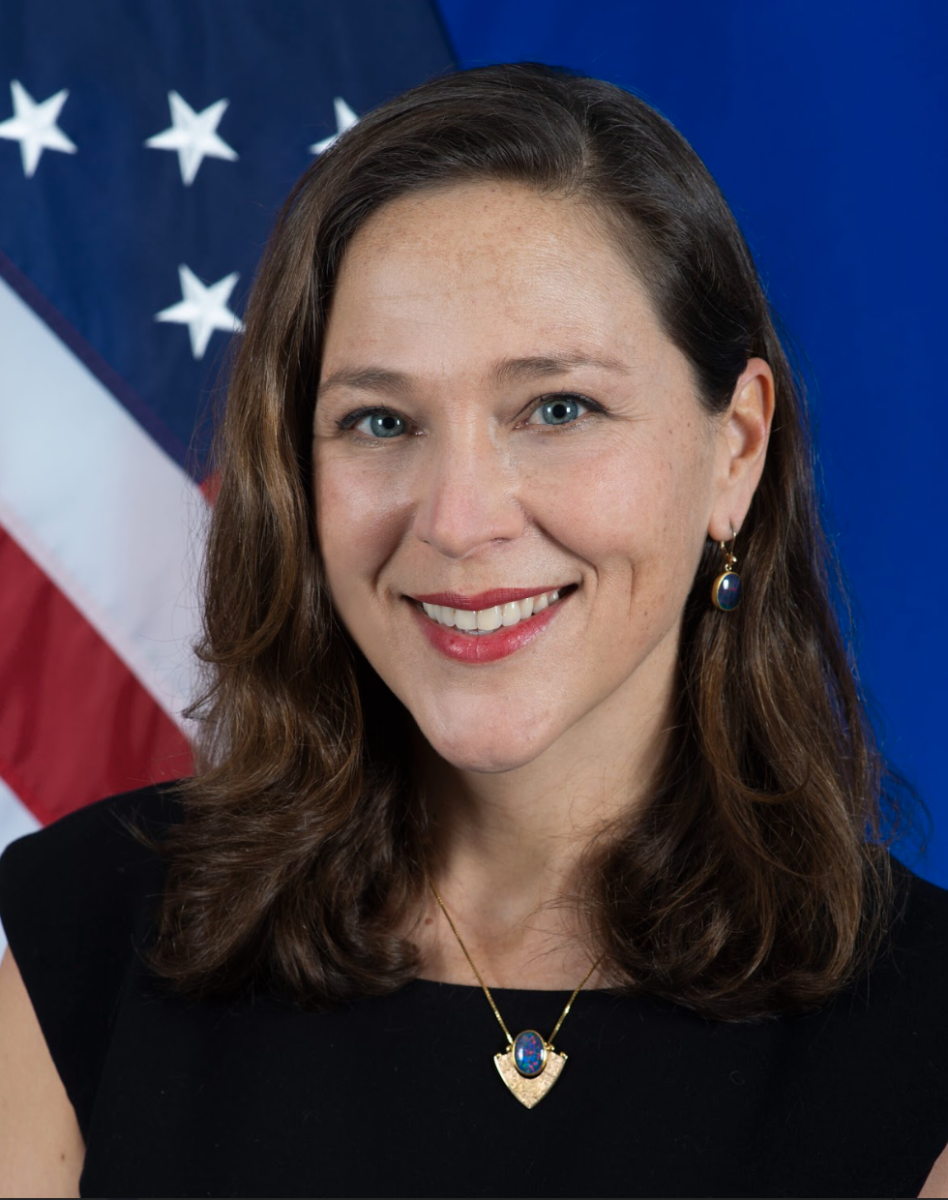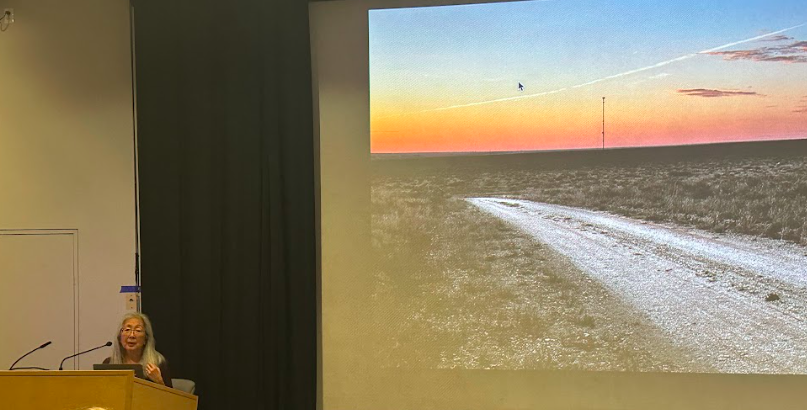This spring, the University of Virginia (UVA) announced Liz Ogbu ’98 as one of two inaugural fellows for their school of architecture. Ogbu graduated with a bachelors in architecture, which she notes has significance as an interdepartmental major that has some flexibility in its design, which allowed her to take MIT classes, art classes and other conventionally non-traditional courses.
“I petitioned to have things like urban economics and sociology count toward my degree, which I did not realize until I left and went to grad school was super weird [for conventional architecture programs],” Ogbu said. “It allowed me to merge the artistic parts of architecture that I love, with, also, the people piece which I feel like, as I’ve been operating in the field, it’s been part of … really building a case for the way that architecture has historically been viewed for too long, is really about the objects and not so much about the people who are impacted by what we do.”
In 2012, Ogbu took this idea further by founding Studio O, an architectural design consultancy “operating at the intersection of race and space.” She has worked primarily with low-income communities and communities of color. Her work often identifies what communities have been harmed most through past processes and spaces and brings them into a collaborative process to support healing and thriving. Ogbu hopes to further conversations on reparative community development both as a UVA fellow and in her broader work.
“There’s actually been a long intersection between race and space, and so the lens that I look at space, in particular, is of spatial justice, so, the idea that justice has a geography and that equitable distribution or access to resources, opportunities and outcomes should be a basic human right,” she said. “If we overlay race and class over it, we’ll often see that Black, Indigenous people of color and the poor wind up disproportionately existing in spaces that lack spatial justice, so my work is really to address the harm that that has caused, which is both physical and also emotional, and then look to develop projects and programs that address it.”
These projects include Friendship Court and Reimagine the Innerbelt. The former is a project in Charlottesville, VA working to transform a low-income, affordable housing complex into a less isolated mixed-income neighborhood. Ogbu has been working on Friendship Court since 2015 and anticipates it will conclude its first phase soon. She emphasizes this project as a model of what anti-racist housing can look like. Reimagine the Innerbelt is a project she has been working on since late 2020, which Ogbu describes as a “community healing envisioning process” around a now-decommissioned freeway section that was built over a Black neighborhood in the 1960s.
As a large number of her projects are based in California or are remote, which is where she is based, her fellowship has been remote, but she is slated to be at UVA later this month and in April, which lines up with overseeing the Friendship Court project in person. As a fellow, Ogbu hopes to work with UVA’s equity center and prepare materials for a conference next fall regarding reparative development. Furthermore, she plans on participating in a sustainability conference and conducting work for the beginnings of a book.
“The first month and a half, two months of my fellowship [were] naturally designed to be remote to kindly be able to work around my schedule [and] my projects, but I’ll start making trips to Charlottesville in March and so it’s just exciting to be on the ground there and have real-time conversations with people,” Ogbu said. “The nice thing is that the way the fellowship is set up, it’s supported not only the projects that I have that are engaging specifically with UVA, but also in the projects that I have with this community, so I’m looking forward to getting some more on-the-ground time with the residents of Friendship Court and the nonprofit Piedmont Housing Alliance that I’ve been working with for years.”
These plans coalesce into Ogbu’s goal of having a space to experiment and test ideas that can help change the tone of architecture into more conscientiously creating “a future that honors [the past] and also sets people up for thriving.” She has also been careful to ensure widespread access to her work as a model for what other professionals both within and outside of architecture can and often should do when working on community projects and spaces.
“It’s a demonstration of what is possible and where we can go, and I want everybody to be able to have access to that,” she said. “I’m pretty hardcore about creating tools as much as I can and creating models, which is why I do a lot of talks about the work so that people can share it around and show like, ‘Hey, you could be doing it this way.’ But also, literally creating tools that people can use, so a past project … was: could you create a social impact protocol for affordable housing?”
This semester Ogbu isn’t just planning on being at UVA Alice Friedman, Grace Slack McNeil professor of American Art and previously Ogbu’s advisor, is retiring, and bringing Ogbu back to the College’s campus to participate in a program Friedman will be having. Ogbu expresses fond memories of the College and notes that her time on campus allowed her to develop her current mental framework of architecture. This year also brings her 25th reunion, providing several opportunities for her to reminisce and reflect on changes to the College’s architecture.
“Wellesley [College] is such an interesting space because it has this history, and people are very connected to the history of that place,” she said. “I can’t speak to it [the Lulu Chow Wang campus center] in terms of its operation as a student center, or as a space to be in. I can only speak to it more from an object perspective, which is funny because that’s kind of the antithesis of how I work. But, I actually think there’s a lot of interesting things about it. … I know that there was some idea that the materials used would kind of alter over time and create an interesting look. I will also say I’m slightly biased because the architect who did that was one of my favorite professors in grad school.”






